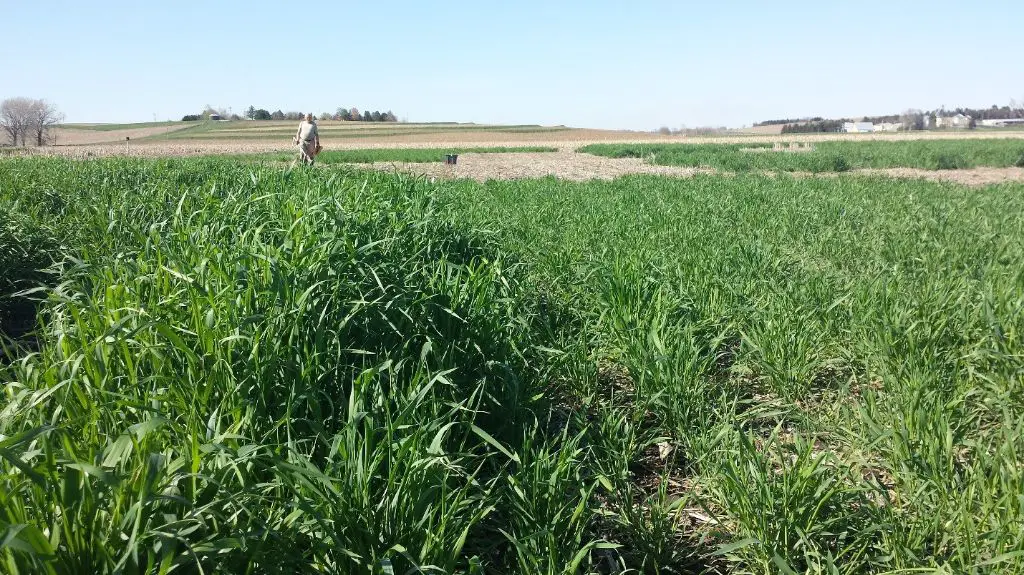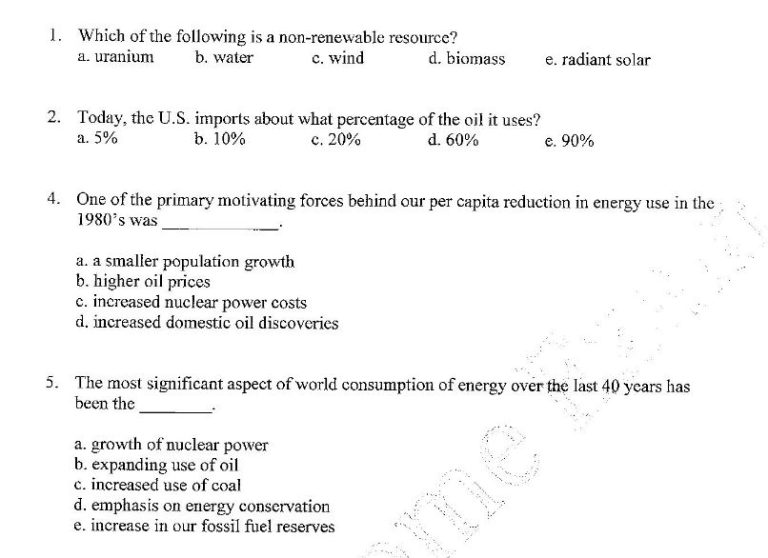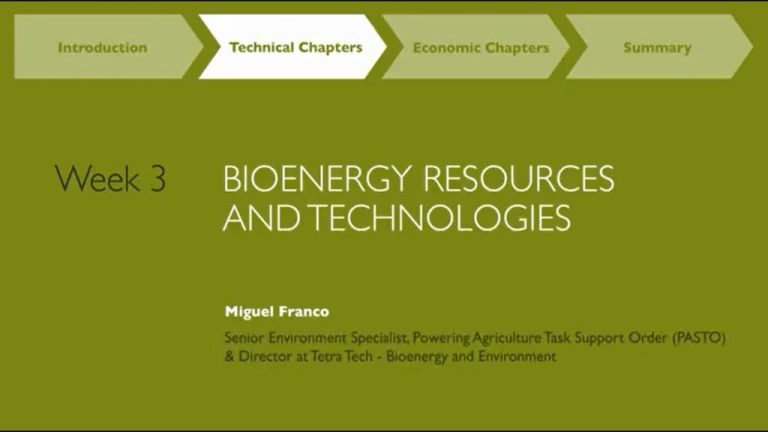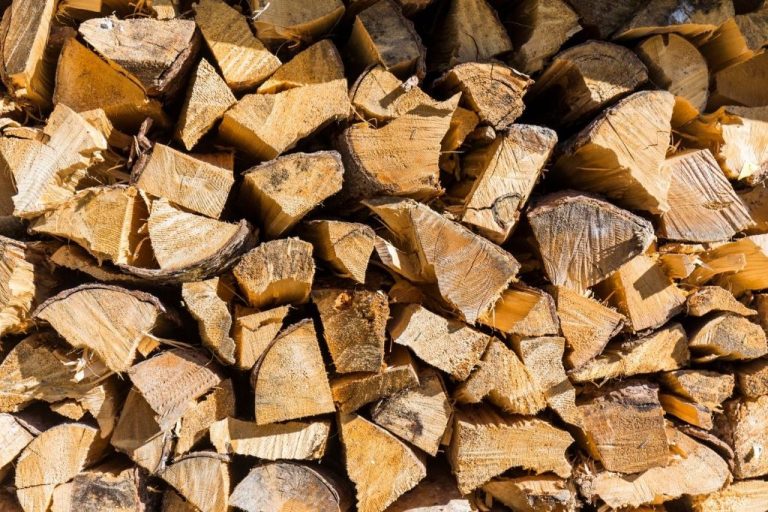What Is Another Meaning For Biomass?
What is Biomass?
Biomass refers to biological material that comes from living or recently living organisms. It most commonly refers to plant-based material such as trees, grasses, agricultural crops, algae, and organic waste. Biomass contains stored energy from the sun. Plants absorb sunlight through photosynthesis, storing the sun’s energy in the chemical bonds that make up the organic matter of the plants.
There are several categories of biomass:
- Wood and wood processing waste – This includes wood chips, bark, sawdust, timber slash, and black liquor from paper manufacturing.
- Agricultural crops and waste – This includes corn, soybeans, sugar cane, switchgrass, woody plants, and algae. It also includes agricultural waste such as fruit pits, nut shells, manure, spoiled grain, and corn cobs.
- Food, yard, and municipal waste – This biomass comes from landfills in the form of methane gas or decaying organic matter. It also includes municipal solid wastes, paper, and plastics.
- Industrial waste and co-products – This includes scrapped wood, black liquor from paper manufacturing, corn stover, sugar cane waste, and soybean waste.
The stored energy in biomass can be converted into usable forms of energy like heat, electricity, and transportation fuels. The use of biomass for energy is called bioenergy. Biomass is considered a renewable energy source because we can always grow more trees and crops, and waste will always exist.
Types of Biomass
Biomass is organic material that comes from plants and animals. There are several different types of biomass that can be used for energy production:

Plant-based biomass includes:
- Crops: Corn, soybeans, canola, switchgrass, and other plants are commonly grown and harvested just for biomass production. These crops can be burned or converted into fuels like ethanol and biodiesel.
- Wood: Wood scraps, chips, pellets, and other waste products from the timber and paper industry are a major source of biomass. Wood can be burned directly for heat and electricity.
- Algae: Microscopic algae can be grown in large open ponds or photobioreactors and then harvested to produce biofuels like biodiesel.
Using Biomass for Energy
Biomass can be used as a renewable energy source in several ways. The most common is burning biomass directly to produce heat and electricity. Biomass contains stored chemical energy from the sun. When burned, this chemical energy is released as heat that can be used for heating buildings or to generate electricity. For example, wood pellets are a type of biomass fuel that contains energy from photosynthesis. When wood pellets are burned, the chemical bonds in the biomass are broken, releasing heat energy that can be captured and used.
In addition to direct burning, there are other processes like gasification and pyrolysis that can be used to convert biomass into fuels. Gasification heats biomass to produce syngas, which is a mixture of carbon monoxide, hydrogen and methane that can be burned to generate electricity. Pyrolysis uses heat to break down biomass into bio-oil which can replace fuel oil. Whether through direct combustion or other conversion processes, the stored solar energy in plant matter and organic waste can be utilized to provide renewable energy.
Biomass vs Fossil Fuels
One of the main differences between biomass and fossil fuels is that biomass is considered a renewable energy source, while fossil fuels are not renewable. Fossil fuels such as oil, coal and natural gas were formed hundreds of millions of years ago from the remains of plants and animals that lived during the Carboniferous period. Since fossil fuels take an extremely long time to form naturally, and we are using them up at a rapid pace, they are considered non-renewable energy sources.
In contrast, biomass contains stored energy from living plant matter. Plants can regrow over relatively short periods of time compared to the millions of years needed for fossil fuels to form. For example, wood biomass can come from trees that are replanted as fast as we use them. Energy crops like switchgrass are also renewable biomass sources that can regrow season after season. This makes biomass a renewable energy source, unlike finite fossil fuels.
The renewable nature of biomass is one of its major advantages over fossil fuels. We will never run out of biomass sources as long as plants continue to grow. However, our fossil fuel supplies are limited and will eventually be depleted if we don’t transition to renewable energy sources like biomass.
Advantages of Biomass
There are several advantages to using biomass as an energy source as opposed to fossil fuels like coal, oil and natural gas.
Biomass is carbon neutral. This means that the carbon dioxide released when biomass is burned is equal to the amount absorbed as the plants grow. Fossil fuels, on the other hand, release carbon dioxide that has been locked away underground for millions of years, increasing carbon dioxide levels in the atmosphere.
Biomass is a renewable resource. As long as plants are replanted as quickly as they are used, biomass supplies can be sustained indefinitely. Fossil fuels, in contrast, take millions of years to form naturally and are finite resources.
Using biomass reduces waste. Many types of biomass come from waste streams such as agricultural residues, municipal solid waste, wood processing leftovers, and crop residues. Using biomass to generate energy repurposes these waste materials into valuable fuel sources.
Disadvantages of Biomass
While biomass offers many benefits as an energy source, it also comes with some drawbacks. One of the main disadvantages of biomass is that it can be an expensive energy option.
The production and harvest of biomass fuels like wood, crops, and waste can require substantial equipment, facilities, and labor. Transporting bulky biomass material can also incur high costs. Converting biomass into usable energy through processes like combustion and anaerobic digestion requires large, capital-intensive plants and specialized generators.
There are also environmental concerns around some types of biomass energy. Burning biomass fuels, especially at an industrial scale, produces air pollution in the form of carbon dioxide, soot, ash, and other particles. This can negatively impact air quality. The large-scale planting of energy crops can also lead to intensive use of land and soil. Overuse of land for biomass production may compete with food production and natural habitats.
Compared to fossil fuels, biomass usually delivers energy at a lower density and requires more storage space. This can presenthandling and transportation challenges. Some critics argue that biomass energy is unreliable and inefficient compared to more dense fuels.
While biomass remains a promising renewable energy source going forward, these drawbacks need to be considered in balancing its costs and benefits versus other energy technologies.
Biomass Around the World
The use of biomass as an energy source varies greatly by region and country around the world. Some regions with high usage of biomass include:
- Africa – Biomass accounts for over 50% of energy consumption in many African countries. Wood fuel is commonly used for cooking and heating homes in rural areas.
- China – Biomass represents about 15% of China’s total energy consumption. Agricultural waste and forestry residues provide biomass feedstocks.
- India – Biomass contributes over 25% of India’s primary energy supply. India is the world’s largest consumer of fuelwood.
- Europe – The EU endorsed biomass as a key renewable energy source. Countries like Sweden and Finland use biomass for over 20% of energy needs.
- Brazil – Bioenergy supplies over 30% of Brazil’s total energy demand. Sugarcane bagasse is a major biomass resource.
- United States – Biomass represents about 5% of U.S. primary energy consumption. Wood and waste materials provide biomass.
Many developing countries rely heavily on traditional biomass and struggle with unsustainable harvesting. Meanwhile some developed regions have modern biomass energy systems and infrastructure in place. Policies, incentives and sustainability practices also vary greatly around the world.
Future of Biomass
The future looks bright for biomass as a renewable energy source. Here are some key developments expected in biomass technology and sustainability:
Improved technologies for converting biomass to energy more efficiently and cost-effectively. This includes advanced biofuels, gasification, pyrolysis, and other thermal and chemical conversion methods. The goal is to maximize energy output while minimizing cost and environmental impact.
Increased use of waste biomass from agriculture, forestry, and industry. Using waste biomass is sustainable and circumvents the food vs. fuel debate. Expect more biomass energy plants next to farms, forests, and factories to utilize local waste streams.
Better crops and trees for energy production. Researchers are developing high yield bioenergy crops that grow quickly, require less land, fertilizer, and water. Genetic engineering and hybrid breeding techniques can create optimal energy crops.
More sustainable practices for growing biomass. Sustainable forestry and agricultural methods will ensure biomass production does not compete with food production or negatively impact ecosystems. Standards and certifications are emerging for sustainable biomass.
Converting biomass to high-value bio-based products before energy production. Biorefineries can extract chemicals, plastics, pharmaceuticals, and other products from biomass before the residuals are used for power generation. This increases efficiency and profitability.
Smaller scale, distributed biomass plants. Small modular biomass systems allow renewable energy generation near the source of biomass, avoiding transportation costs. This model supports local economies and increases efficiency.
In summary, biomass technology is improving rapidly and future practices will be far more sustainable. With proper management, biomass can play a major role in the renewable energy mix globally.
Biomass Industry Growth
The biomass industry is projected to see substantial growth in the coming years as countries and companies continue to invest in renewable energy. According to one report, the global biomass power market size was valued at $50.5 billion in 2021 and is projected to reach $79.6 billion by 2030, growing at a CAGR of 5.3% from 2022 to 2030.
Several factors are driving this growth:
- Increasing government support and renewable energy targets in many countries
- Declining costs for biomass power generation
- Growing demand for renewable sources of baseload and dispatchable power
- Increasing competitiveness of biomass vs coal and natural gas
- New technological innovations and applications for bioenergy
The regions projected to see the highest growth rates are North America, Europe and Asia Pacific. Companies involved in biomass power generation, biofuel production and biomass heating are all expected to benefit from the industry expansion. An increase in mergers and acquisitions in the biomass sector is also anticipated.
Overall, analysts predict accelerated growth for the global biomass market through 2030 and beyond as more countries prioritize renewable energy to meet emissions reduction targets. The biomass industry is ramping up capacity to meet this growing demand.
Conclusions
In summary, biomass is an organic renewable energy source that comes from plants and plant-derived materials, such as wood, agricultural crops or waste, animal manure, and organic municipal solid waste. It can be utilized as a sustainable fuel alternative to fossil fuels like coal, oil, and natural gas to produce heat, electricity, transportation fuels like ethanol and biodiesel, and high-value bio-based products.
The main types of biomass include wood and agricultural products, solid waste, landfill gas, biogas, and biofuels. Using biomass for energy has several benefits compared to fossil fuels, such as being renewable and more environmentally friendly. It can reduce greenhouse gas emissions and waste while creating local jobs and energy independence. However, biomass also has some drawbacks like air pollution from burning and high costs associated with production and transportation.
Many countries are expanding their use of biomass energy as part of renewable energy goals and climate change mitigation strategies. With continued research and development, biomass is projected to grow as a sustainable energy solution worldwide. While not perfect, biomass represents an important transition away from fossil fuels to develop a low carbon economy and society.






